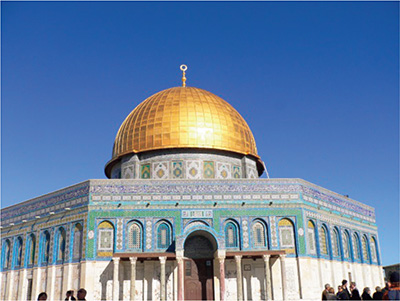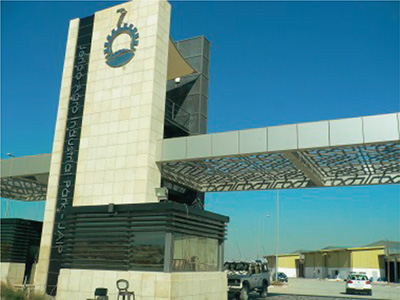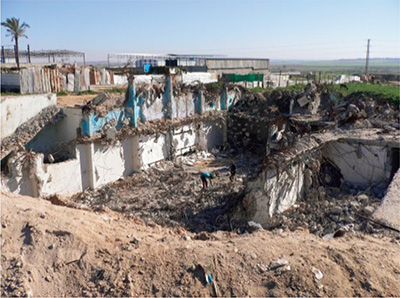Diplomatic Bluebook 2016
Chapter 2
Japan’s Foreign Policy that Takes a Panoramic Perspective of the World Map
5.Middle East Peace Process
(1) Developments in Middle East Peace Process
The U.S. mediation led to direct negotiations between Israel and Palestine from July 2013 to April 2014. However, they faltered in the face of a wide gap in the positions of the two sides, and the negotiations have been discontinued since then.
On December 30, 2014, the UN Security Council rejected the Security Council resolution about the Middle East peace process. Following this, Palestine applied for membership of some international treaties, including the International Criminal Court in January 2015. The Israel side took countermeasures (which were withdrawn later).
Under such circumstances, local security has been worsening in Israel and at the West Bank since around September; murder and injury cases against Israelis by Palestinians and frequent collisions around Haram al-Sharif in Jerusalem took place. The humanitarian situation in the Gaza Strip has been deteriorating as well.
The international community urged both Israel and Palestine to resume the negotiations at an early date. In particular, France called for forming an “International Support Group” in an attempt to break through the status quo the Middle East faces. Based on this attempt as well, the meeting of the enlarged Middle East Quartet was held at the time of the UN General Assembly in September. Foreign Minister Kishida attended this meeting as a representative of the Government of Japan, stressing that the issue of Middle East peace is one of the top priority issues for this region. He also made clear that Japan will provide new assistance to Palestine in the magnitude of about 12 million US dollars, and that it is necessary to get a range of countries involved in the peace process.
 Dome of the Rock in “Haram al-Sharif”
Dome of the Rock in “Haram al-Sharif” Agricultural processing complex project in Jericho, Palestine
Agricultural processing complex project in Jericho, Palestine The Gaza Strip, apparently lagging behind in the pace of rehabilitation
The Gaza Strip, apparently lagging behind in the pace of rehabilitation(2) The Japanese Government’s Efforts
In cooperation with the international community, Japan approached Israel and Palestine to achieve a “two-state solution.” Political dialogues were conducted at all levels involving the Prime Minister, Minister of Foreign Affairs, and special envoy of the Government of Japan for the Middle East peace. Japan also endeavored to contribute to confidence-building between Israel and Palestine by inviting relevant people from both sides to Japan.
In January, Prime Minister Abe met with Prime Minister Benjamin Netanyahu in Israel and President Mahmond Abbas in Palestine, directly urging both leaders to advance the process for a solution to the Middle East issue. In November, Prime Minister Abe further urged Prime Minister Netanyahu to work with the process when he attended COP21 held in Paris. When Foreign Affairs Minister Riad Malki visited Japan in February, Foreign Minister Kishida encouraged his counterpart to deal flexibly with the issue and resume the negotiations at an early date.
Japan’s support for Palestine since 1993 amounts to 1.6 billion US dollars, covering humanitarian support, job creation, healthcare, agriculture, and a variety of fields. The “Corridor for Peace and Prosperity” initiative is Japan’s unique effort to address Palestine’s economic self-sustainability specifically in cooperation with Israel, Palestine, and Jordan. A flagship project of this initiative is Jericho Agro-industrial Park, for which the Government of Japan accelerates its efforts and the first company launched full-fledged operation 2015.
Under the framework of the “Cooperation among East Asian Countries for Palestinian Development (CEAPAD)” aiming to mobilize Asian countries for practical assistance to Palestine, the Government of Japan engages in tripartite cooperation with Asian nations by organizing agriculture training projects and tourism seminars.
